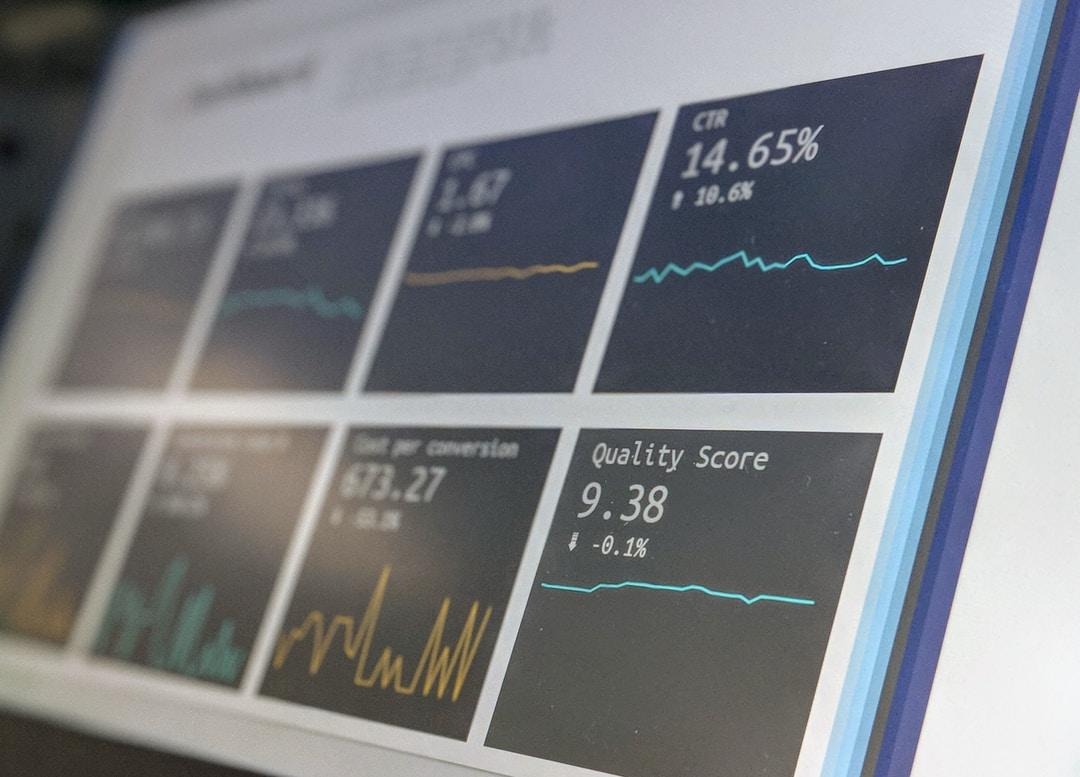Whether you’re a small business or a giant organization relying on studies of your sample market, you want to make sure there is a proper hypothesis test to evaluate standards and goals for the long run. While there is a litany of statistical tools and formulas you could use to comb through large volumes of data, the analysis of variance, or ANOVA, is pivotal in finding outcomes and testing hypotheses for the success of your experiments.
Understanding ANOVA

So, what is ANOVA? Well, it’s a statistical formula that can be used across a variety of applications to find out what is statistically different amongst different data groups, and what is similar and skewed within their underlying trends. The outcome of ANOVA is known as the F statistic. This ratio demonstrates the difference between the within-group variance and the between-group variance, ultimately producing a figure which makes for a conclusion that may or may not be supported if there’s a significant difference.
Take, for example, in the world of data science. One of the biggest challenges in machine learning is the selection of the most reliable features that are used in order to train a model. ANOVA helps in selecting the best features. This minimizes the number of input variables to reduce the complexity of that model. Deep learning models with Spell.ml utilize a lot of the same techniques. ANOVA helps to determine if an independent variable is influencing a target variable.
One-Way ANOVA vs. Two-Way ANOVA

There are two types of analysis of variance: one-way ANOVA and two-way ANOVA. One-way ANOVA, also known as single-factor or simple ANOVA, is designed for experiments with just one independent variable. One-way ANOVA assumes the value of the dependent variable for one observation is independent of the value of any other observations. That dependent variable is normally distributed, with the variable comparable in different groups to better understand the total sample size for a significant F-statistic.
Two-way ANOVA, also known as full factorial ANOVA, is used when there are two or more independent variables. These factors can have multiple levels, using every possible permutation of factors and their levels. Two-way or full factorial ANOVA not only measures independent variables against one another but also if those independent samples affect each other. The sample sizes of such ANOVA experiments are representative of a normal population, with the independent variables being placed in separate categories and groups. This is in the best interest of statistical analysis based on group variability within data sets, making for easier understanding for data analysis at all levels.
ANOVA Terms and Definitions

There are some terms that you may have just read and may not be sure of, so here is some clarity to understand ANOVA and these statistical tools. A dependent variable is an item being measured that is theorized to be affected by the independent variables, which are the items that may have an effect on the dependent variable. In ANOVA terminology, an independent variable is also called a factor that affects the dependent. The term level is sometimes used to denote different values of the independent variable used in an experiment.
In the world of ANOVA-based data analysis, there are fixed-factor and random-factor models. Fixed-factor models use only a discrete set of levels for factors. Random-factor models draw a random value of level from all possible values of the independent variable. A null hypothesis shows no difference in averages after generating an ANOVA test. The null hypothesis, or H0, will either be accepted or rejected. An alternative hypothesis is when a difference is theorized between groups. Whether it’s in social sciences, pharmaceuticals, or other lines of industry, companies are now able to move beyond the 20th century into a new era of digital transformation.